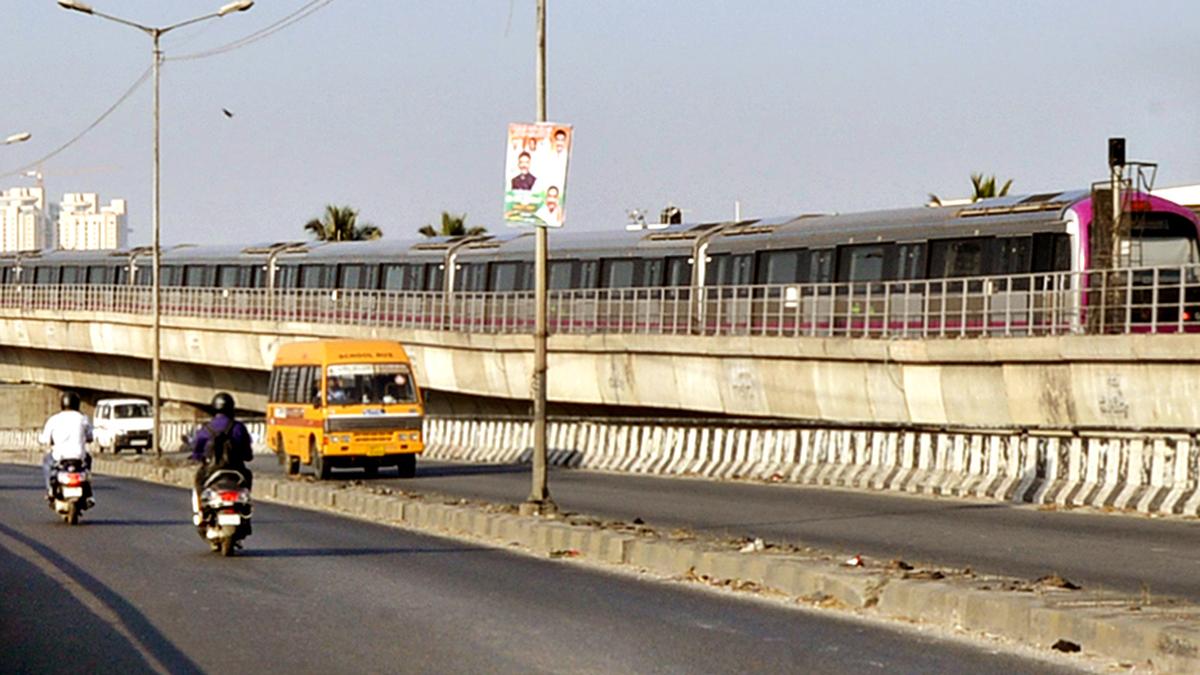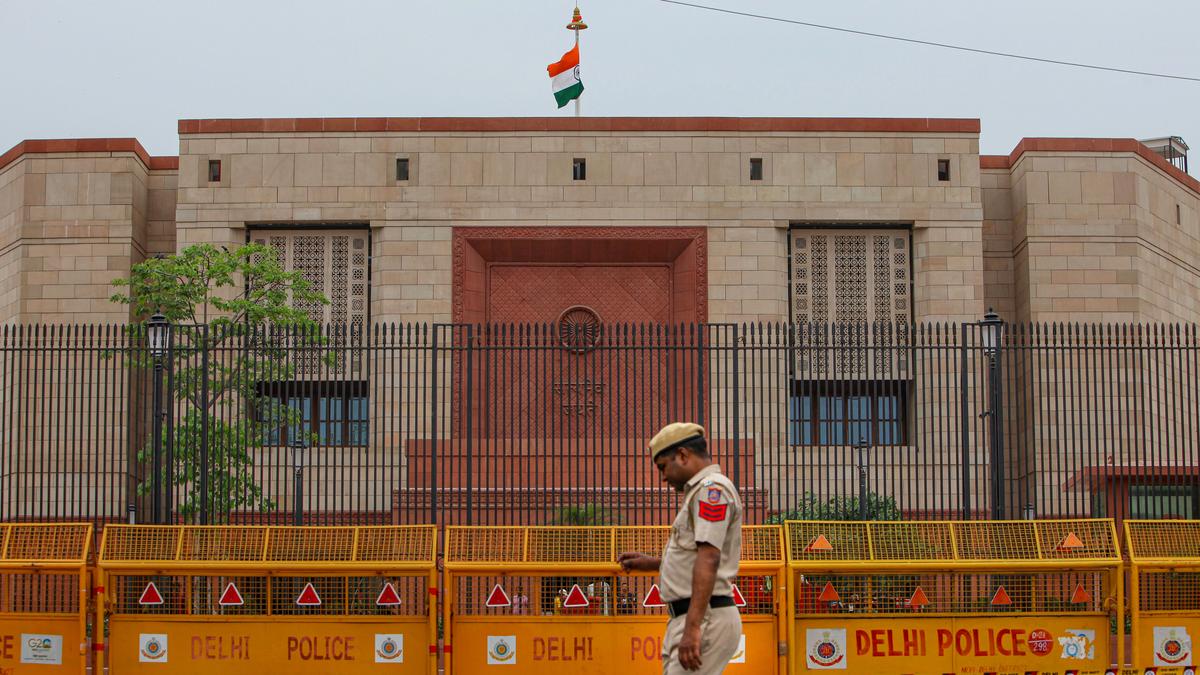One of the ways Chief Minister Bhupesh Baghel sought to counter the BJP was by trying to forge a distinct ‘Chhattisgarhi identity’ among voters in the State.
The State government crafted a range of policies towards achieving that end.
While the BJP, for example, deploys the symbol of ‘Bharat Mata’ to denote its nationalist outlook, the Baghel government directed district administrations to install statues of Chhattisgarh Mahatari (Mother). The latter used to be a powerful symbol of the separate State movement. Besides this, State holidays were declared on occasions of folk festivals like Pola Ka Tyohar and Gedi Festival.
The government also organised an event for local sports called the Chhattisgarhi Olympics. This move by Mr. Baghel was not without political significance. After all, six in 10 (59%) voters gave more importance to their regional identity compared with their national identity (Table 1). The Lokniti-CSDS survey, however, throws light on why this much-talked-about move by the Congress government could not bring the necessary dividends for the party in the recent election.
Despite Mr. Baghel’s efforts, voters remained divided about which party worked more for promoting ‘Chhattisgarhi identity’. On this issue, the Congress could not secure an edge over the BJP. Among those who credited the Congress in this regard, 73% voted for it, with another two in 10 voting for the BJP. On the other hand, 77% of those who credited the BJP similarly voted for it, with 14% choosing the Congress (Table 2).
The BJP therefore was successful in preventing the Congress for gaining any decisive traction among voters who were moved by the question of regional identity. At the same time, it managed to secure a decisive lead among those that considered their national identity to be more important. Half of such voters voted for the BJP, while only 38% chose the Congress (Table 3). The convergence of both these factors therefore significantly helped the BJP offset Mr. Baghel’s regional turn and surge past the Congress in this election.
The methodology used for the Lokniti-CSDS survey
Lokniti-CSDS survey | Note on weight application on data
Abhinav Pankaj Borbora is a researcher at Lokniti-CSDS

 5 months ago
74
5 months ago
74




